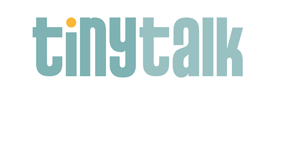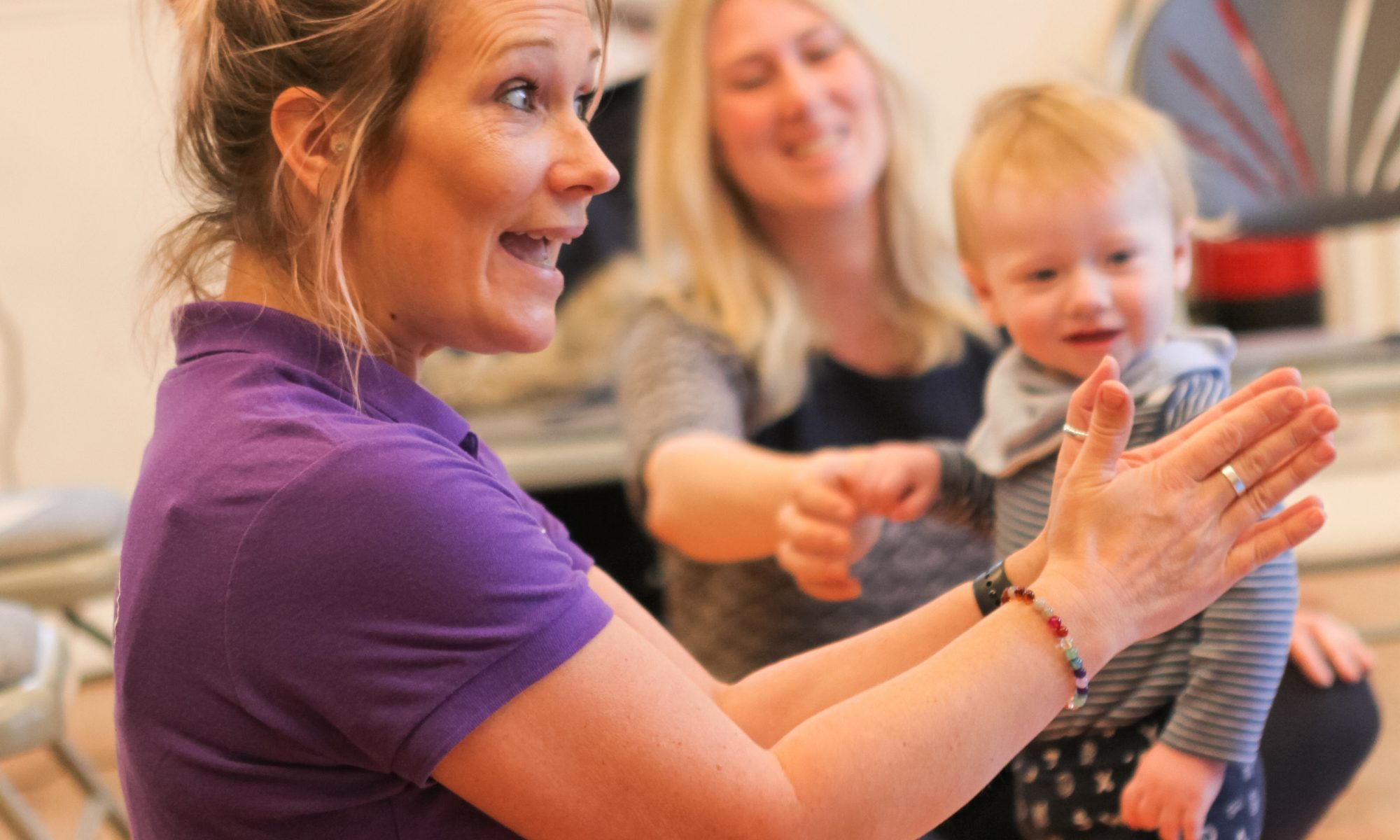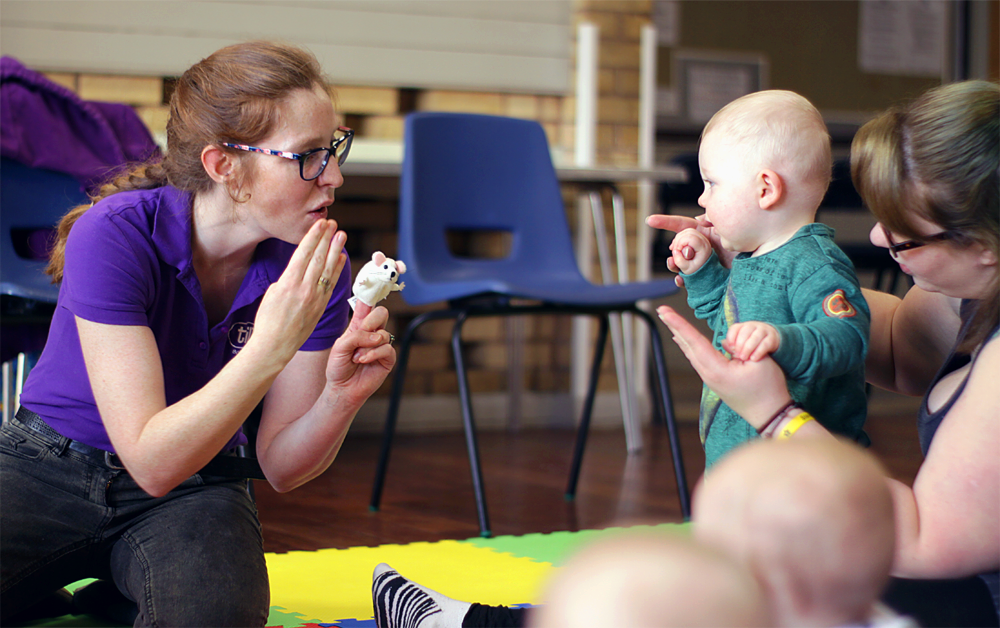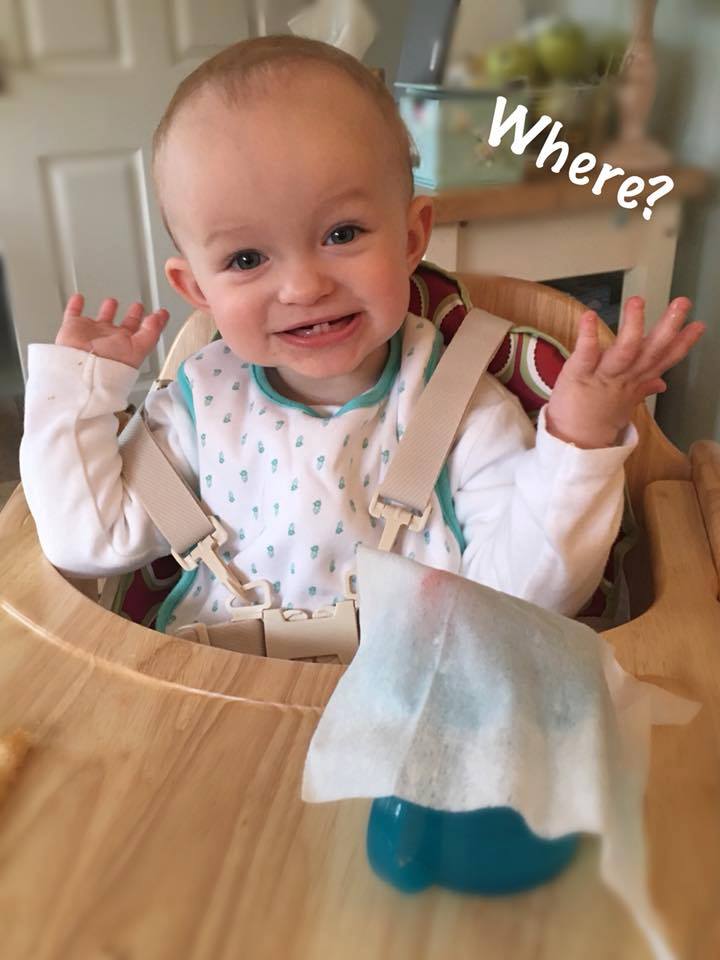Being a TinyTalk teacher is a job that’s varied, entertaining and wonderfully rewarding. The role is designed to fit conveniently within your existing family commitments and lifestyle, giving you the flexibility to choose your working hours and be your own boss!
This month’s blog features an interview with Deb Hart, of TinyTalk Kent Downs, to tell us more about what she does on a day to day basis and why she enjoys it so much!
I run TinyTalk classes in the Kent Downs area which spreads from Ashford Kent in the East, to Whitstable via Canterbury and Faversham! We have 12 classes weekly including our original Baby Signing classes and Toddler Talking classes.
2. What made you want to become a TinyTalk teacher?
I was looking for a job to fit in around my growing family, and we had enjoyed our TinyTalk classes so much when we attended them ourselves it felt like the natural move. I loved that I could bring my daughter with me to class, and she was the perfect little advert!
3. What do you find most rewarding about teaching baby signing?
I feel very privileged to witness some amazing moments in my classes – babies taking their first steps, making their first signs, watching them grow in confidence week on week, but the thing I love best is facilitating a supportive network for parents; somewhere they can come and sit, and chat and get to know people if they want to (we have social time after every class for the babies to play and grown-ups to drink tea and talk), or just to sit quietly and take time for themselves. I’ve watched new friendships bloom and strengthen, and parents feel more capable and empowered as a result. Parenting is tough, and having a happy place is essential. I am proud that my classes have been that place for so many families over the years.
4. At what age can children move up to Toddler Talking classes and how are these different from Baby Signing sessions?
5. What is the one thing ALL parents and carers should know about baby signing?
It works! Signing gives tiny people the means to express themselves long before they are able to do so verbally. This alleviates all the guess-work on the parent’s behalf, and all the frustration on the child’s part, making for a happier, calmer family dynamic. Signing will give your child a great foundation in how two-way communication works – we always say the word at the same time as making the sign, so babies are used to associating both in a clear, deliberate fashion. Even as your baby grows and starts to form spoken words for themselves, signing will support this; clarifying the words they find tricky so there’s no chance of your child being misunderstood in these fragile first years. It’s great to see that so many nurseries and preschools and primary schools are using sign language these days, so it really is a skill for life!





 Baby signing is the use of signs and meaningful gestures to communicate with your child. By teaching them how to use sign language, you give them a voice before their first spoken words.
Baby signing is the use of signs and meaningful gestures to communicate with your child. By teaching them how to use sign language, you give them a voice before their first spoken words.